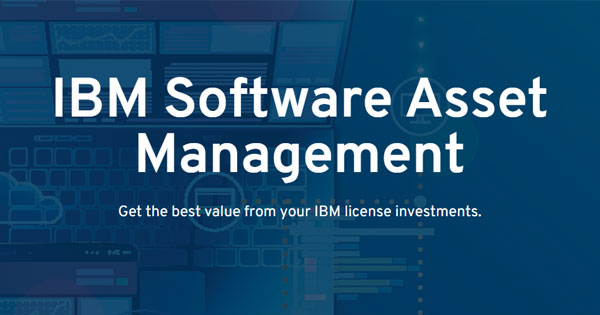Asset lifecycle management is a process with an objective of maximising the cost-effectiveness and efficiency of assets during their lifespan. It is actually a type of business approach. An asset lifecycle process attempts to break down the different stages of an asset’s life. With this, a business gets to examine its usage, when it needs to be replaced, and so on.
Read on to know more about asset lifecycle management and its stages in more detail:
Why plan the process of asset lifecycle?
If you take the example of an average business that is mid-sized, it generally has a lot of assets. This is inclusive of fixed assets like IT hardware and company vehicles or less tangible assets such as software licenses and intellectual property. So, it is essential for such a business to have tools that help evaluate efficiency and cost-efficiency of assets on the register.The key stages of asset lifecycle management
These are the five key stages of asset lifecycle management:- Acquisition: This stage involves the actual buying of the asset. Generally, acquisition takes place through specific planning where the requirements are recognized.
- Deployment: This is the stage before the asset is put to use. If needed, the assembly of assets take place. Physical defects are also checked.
- Utilization: In this stage, the asset is put to its use. This is the stage where it starts to earn revenue.
- Maintenance: Because the asset starts to age, its maintenance is carried out to increase its productive life. Upgrades and modifications are also carried out to make it better and faster than before.
- Disposal: When the useful productive life of an asset ends, it needs to be disposed of. So, in this stage, the dismantling of asset takes place.

Comments
Post a Comment